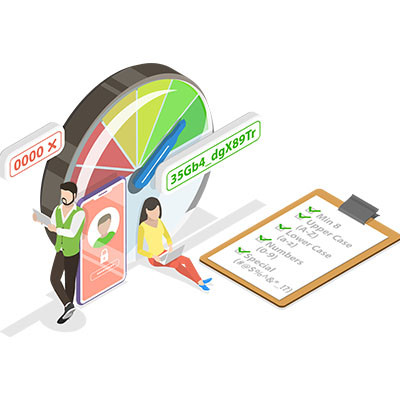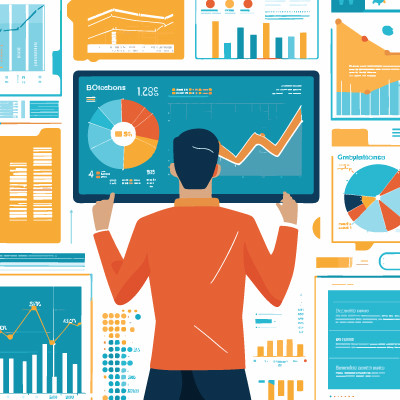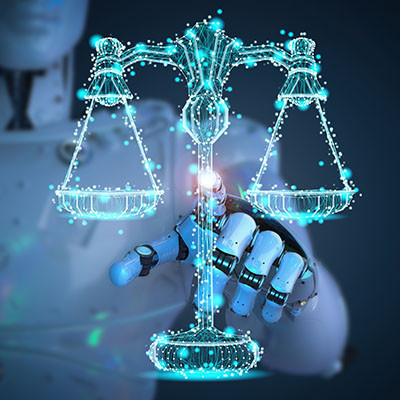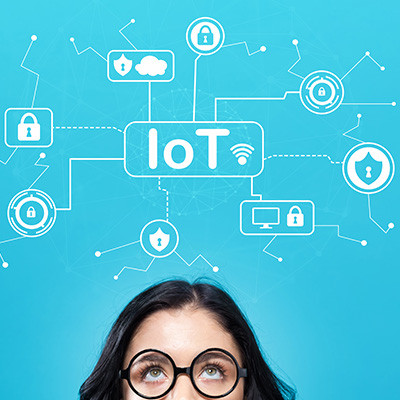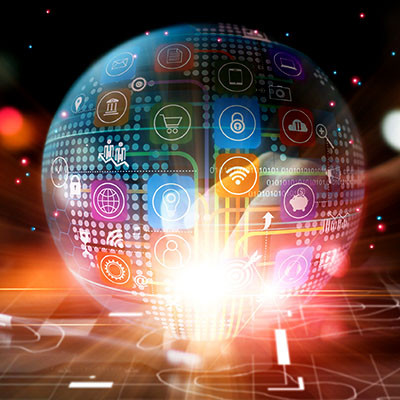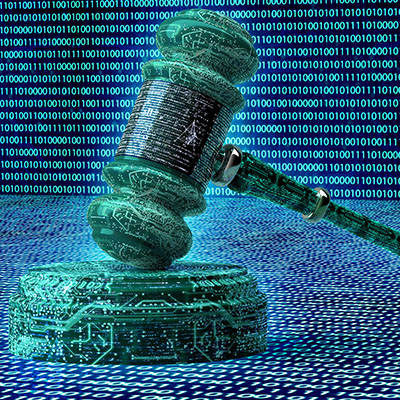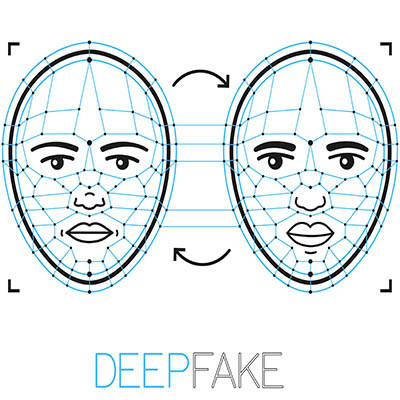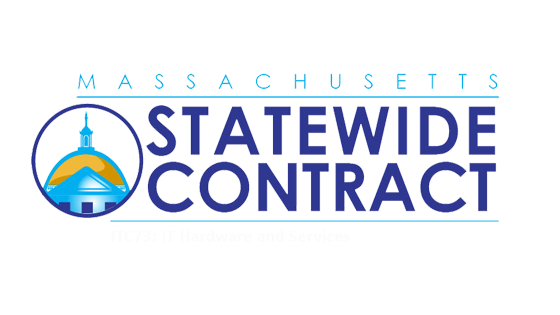There is an important distinction in business between knowing what a problem is at the moment versus what a problem might be in the future. It’s crucial that businesses understand how to assess the risk of situations and determine what must be addressed immediately. Today, we want to help your business determine these problems and flip the script on them, turning them into opportunities for improvement.
BNMC Blog
Managed service providers, or MSPs, are still far from a common household name. Considering how much value they offer businesses just like yours, however, we should be. We are an outsourced IT provider, but in reality, this is only a small part of the value we provide to our clients. Today, we want to highlight just how much you stand to gain from a fruitful relationship with us.
As defined by the United Nations, sustainability involves meeting present needs without compromising future generations' abilities to meet their own. Coined in 1987, this definition has spurred businesses to pursue their interpretations of sustainability within their service models. Let's explore strategies to enhance the sustainability of your operations.
The value of your business is directly linked to the data it gathers. Neglecting to leverage this data means leaving potential revenue untapped. Small and medium-sized businesses (SMBs) must seize every strategic advantage available, and harnessing big data is a powerful way to outpace competitors. Let's delve into how big data can revolutionize your operations.
Back in 1942, Isaac Asimov wrote a short story called “Runaround” that formally introduced his Three Laws of Robotics as a complete set of rules that all robots in his Robots series were beholden to. Now, Google has announced that a similar safeguard will inform how their future AI-enabled machines will operate, partially inspired by the Three Laws.
Let’s look at what Google has coined their “Robot Constitution,” and how it works.
Remote work has changed the way that businesses approach normal operations. Due in large part to the disruptions of the past couple of years, remote work has become a staple of the business environment, and while you might hear stories of businesses pushing hard to return to the workplace, the reality is that they are the exception rather than the norm.
In our rapidly evolving society, very few things are as they once were. One thing that feels a lot similar to the past is the Christmas holiday. Sure, it’s more commercialized than ever, but by-in-large many of our holiday traditions stay the same. People make a point to get together and exchange gifts and eat too much; and they tend to do this every year.
Artificial Intelligence may seem like a concept straight out of science fiction, but its practical applications often extend beyond the realms of entertainment. Consider Operation Green Light, an initiative spearheaded by Google that delves into the realm of AI for traffic control with a focus on its environmental impact, aiming to contribute positively to society.
The Internet of Things, or IoT, is everywhere. Right now, you probably have a device that is part of the IoT within reach, or on your person. Many businesses use the Internet of Things for various purposes, but behind this use lies significant risks from cyberthreats, and some seem to accept these risks without much concern...as in, the vast majority of businesses utilizing the Internet of Things exhibited a lack of protection, but they were not bothered by it.
One of the best things about technology is that it does quite a bit to level the playing field. Smaller businesses can effectively do the work of larger enterprises because they have access to similar technologies. Additionally, technology goes a long way toward helping businesses manage their customer relationships, a key component to any revenue-seeking endeavor. Today, we put together a list of four technologies every small business needs.
We might place the onus on business technology solutions on this blog, but once in a while we like to talk about technology that is just plain cool. Today is one of those days. With this new wearable utilizing artificial intelligence technology, you can monitor your health, making for a very interesting application of the technology.
Attorneys have a very specific job. They are facilitators, and require that they have access to information and the latest tools to be as efficient as possible. Not only does this allow them to make more money and honor more responsibilities, it helps them to provide the comprehensive legal services their clients demand.
When the minds that gave birth to classic science fiction technology first introduced it to the world, there was no way they could have seen a future where their ideas could be considered a reality. However, the ideas introduced in pop culture have inspired the brains of today to achieve great, and sometimes bizarre, things with technology.
Moore’s law has been prophetic, but nothing lasts forever. When Gordon Moore predicted that transistors inside of a dense integrated circuit would double every 18 months in 1965, it seemed like a very aggressive prediction. 57 years later, it has come to pass, with computing speeds doubling every year and a half. Now, it seems like the tried and true prediction is coming to a close, so we thought we’d look at how technology will continue growing when Moore’s law actually becomes obsolete.
It’s fun to fantasize about the future of business, but what kind of technology can we realistically expect to make a difference in the way ordinary businesses function? Today, we hope to answer this question by examining three emerging technologies we think might make a splash in the business environment moving forward.
Digital transformation—or the integration of digital technology into all aspects of operations—has been a hot topic of consideration for businesses of all sizes. Let’s consider how you should approach your transformative processes as you work to keep your business competitive with those who are also embracing technology.
Would you believe us if we told you that the maps we have grown up looking at are remarkably skewed? That pull-down map in the front of every elementary school classroom probably wasn’t to scale, for one reason or another. Modern technology can make it possible for hackers to skew satellite imaging, and this could very well be used in the cybercrime avenue in the future. The developing technology of deepfake images could bring about a whole new type of threat.
COVID-19 forced many businesses to adapt to the new normal, and many of those who simply refused or were unable to do so fell by the wayside. As you can imagine, technology played a pivotal role in helping many businesses adjust to these changes. Let’s take a look at some of the more notable examples of how digital technology has helped businesses adapt to these circumstances.




